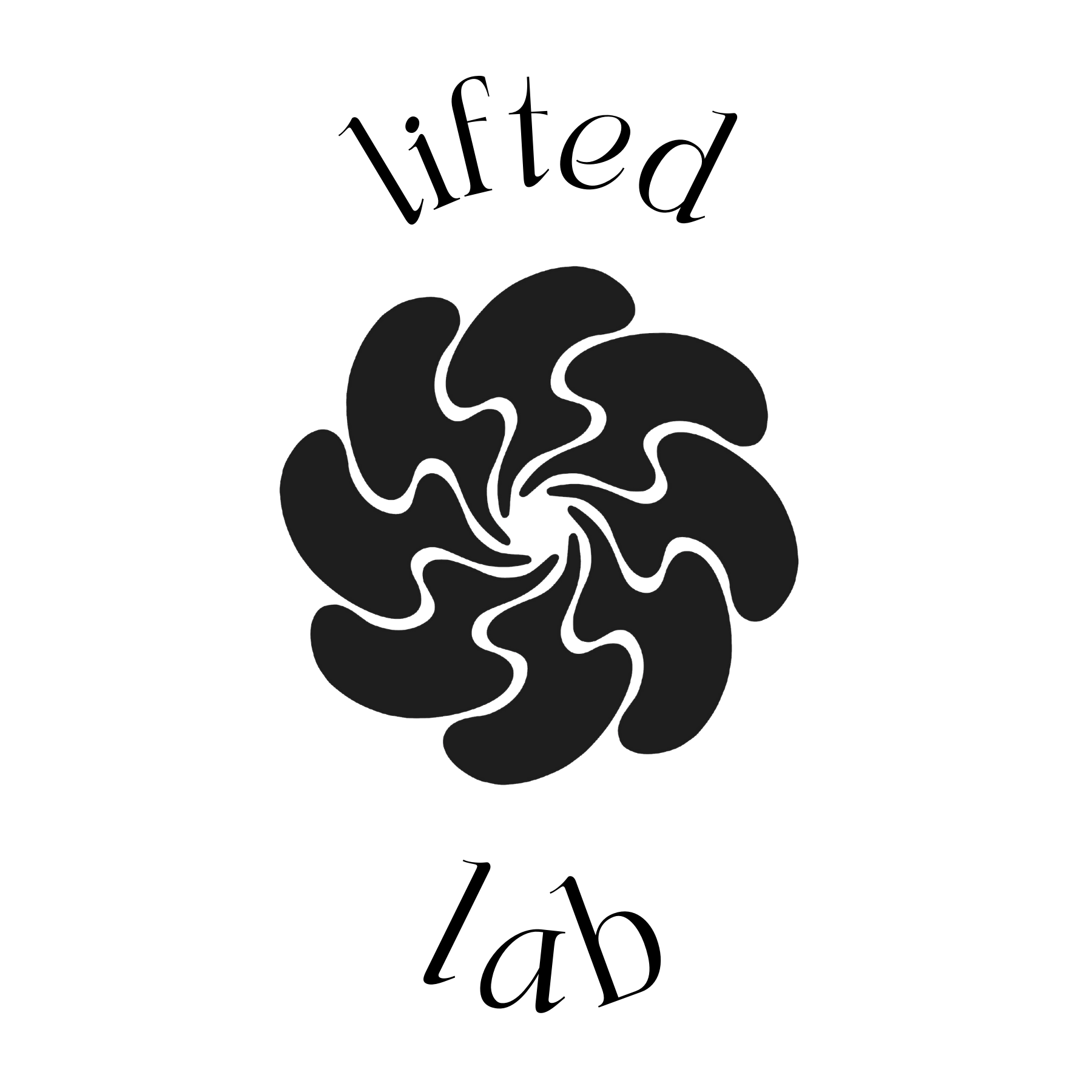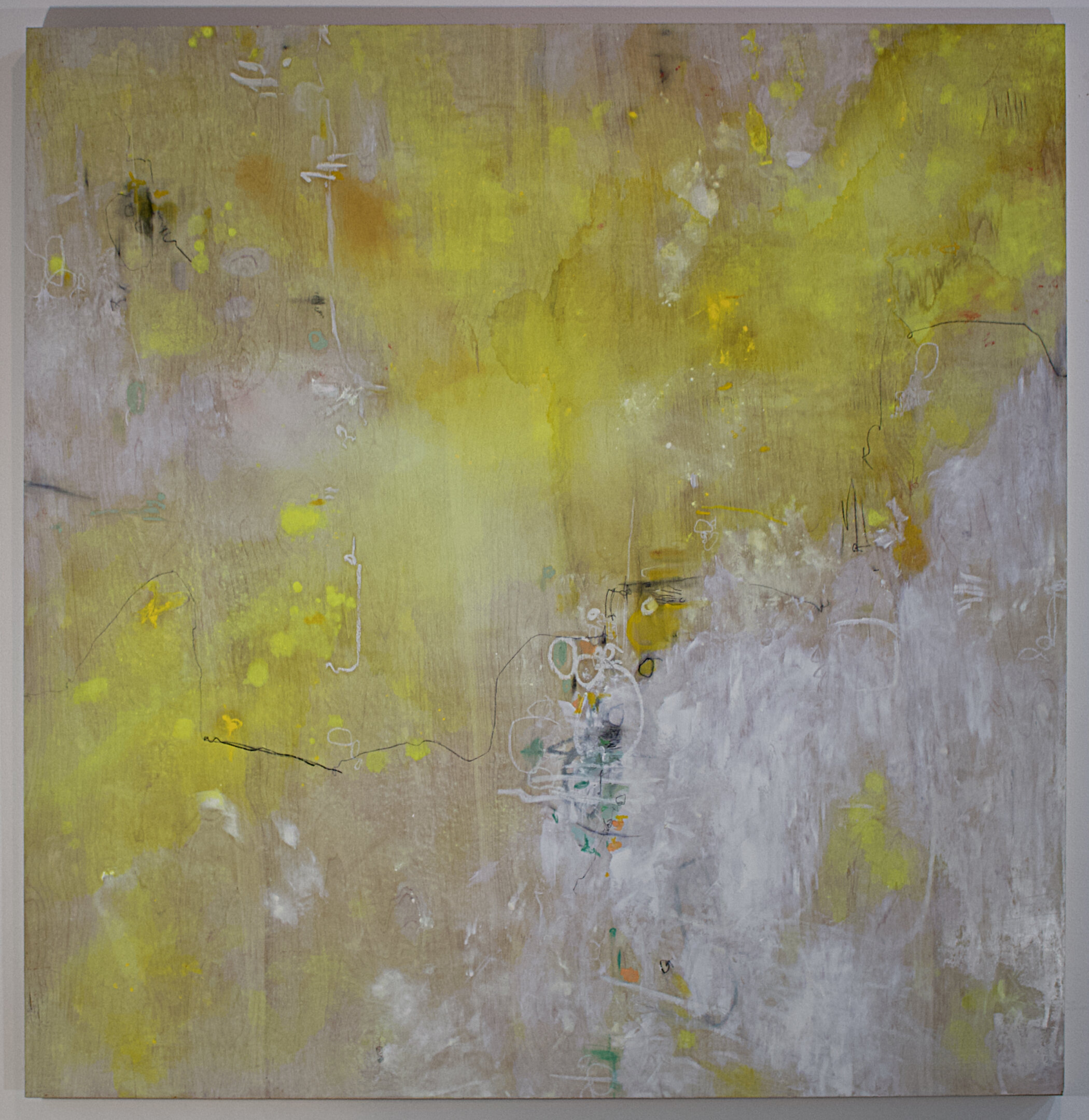Aaron Glasson: Inside the Double World




























MAIA Contemporary presents “Inside the Double World” an exhibition of paintings, sculpture and studies by New Zealand born artist Aaron Glasson. This new body of work started in a small cabin in California’s Mojave desert and was finished in Mexico City. Glasson considers this series observations informed by his outer and inner landscape.The Work is simultaneously documentation, naturism and self inquiry. An exploration into the seen and unseen.
The title is borrowed from a verse in Rainer Maria Rilke’s “Sonnets to Orpheus” where the poet refers to the threshold between the known and unknown. Rilke calls this place the “Dual Realm,” or the “Double World.” It’s the invitation to go beyond the surface, a place for reckoning and transformation. A precious vantage point where we see our familiar selves and an enigmatic underworld. A place where understanding and uncertainty meet. We know that both are necessary, but neither is above scrutiny or curiosity. This at times, can be an uncomfortable place, an opening that asks one to be porous to the world allowing a third way to emerge from the depths. It's the place William Blake referred to a century before Rilke when he said “In the universe, there are things that are known, and things that are unknown, and in between, there are doors.”
Based in geometry, like the structure of life itself, Glasson’s work is a nod to this visible and invisible structure that is the foundation of our world. This dual realm of our own relative in-between. The paintings usually begin as small gouache sketches on paper then move to the canvas. Textures are applied using natural pigments followed by layer upon layer of oil paint, sand and beeswax, building up muddy yet luminous stratified images.
The process of painting and layering is a constant striving towards harmony in the ambiguous and imperfect. The sculptures lend reference to spaces of physical worship, represented in a tower structure and a pew. Fragments of the natural world such as rocks, shells, fossils and other found objects sit framed in windows as a form of reverence, sitting below a bronze sun that rests atop the tower. Honest contemplation is a salve and the tower and pew give the viewer a moment to sit with the inherent beauty and importance of things that are too often taken for granted. These objects replace our monotheistic symbols of worship, suggesting that it would serve us to treat the fundamental elements of our environment as the true deities…the most deserving of our respect.
At the core of Glasson’s exhibition is the pull to examine our fragmented relationship to the world. His work places the viewer inside a hollow mountain, a cavern, the churning core of a primordial molecular soup that all exists between the setting sun and the rising moon.The paintings and sculptures are made of forms both separate and connected, almost symmetries, and something not necessarily seen but more-so felt. Amid deep murky color we see the repeated symbolism of bright windows and doors: ruptures that hold opportunity for both perspective (window) and discovery (door). Through these openings he hopes we see that the mess around us is a reflection of the mess within us. A need for staggering inner repair is called for if we are going to orientate towards outer restoration. Glasson invites us to stand here at the threshold where all things shift and merge, inside the double world.





